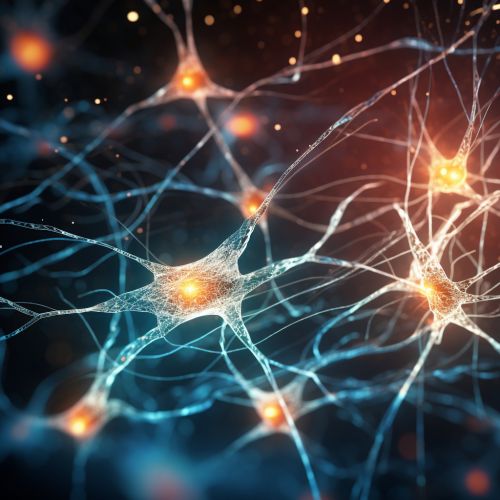Nervous System Disorders
Overview
The nervous system is a complex network of nerves and cells, or neurons, that transmit signals between different parts of the body. It is essentially the body's electrical wiring and is responsible for controlling the body's functions. However, like any other system in the body, it can be affected by a variety of disorders. These nervous system disorders can range from relatively mild conditions that cause temporary discomfort, to severe diseases that can lead to long-term disability or even death.


Classification of Nervous System Disorders
Nervous system disorders can be broadly classified into two categories: neurological disorders and mental disorders. Neurological disorders are diseases of the central and peripheral nervous system, which include the brain, spinal cord, cranial nerves, peripheral nerves, nerve roots, autonomic nervous system, neuromuscular junction, and muscles. Mental disorders, on the other hand, are a wide range of conditions that affect mood, thinking, and behavior.
Neurological Disorders
Neurological disorders are diseases of the nervous system. They can affect the central nervous system, which includes the brain and spinal cord, or the peripheral nervous system, which includes all the nerves that branch out from the brain and spinal cord and extend to other parts of the body.
Central Nervous System Disorders
Central nervous system disorders can affect either the brain or the spinal cord. These include conditions such as stroke, multiple sclerosis, Parkinson's disease, Alzheimer's disease, and epilepsy.
Peripheral Nervous System Disorders
Peripheral nervous system disorders affect the nerves outside the brain and spinal cord. These include conditions such as peripheral neuropathy, Guillain-Barre syndrome, and myasthenia gravis.
Mental Disorders
Mental disorders are health conditions involving changes in emotion, thinking, or behavior. These disorders can significantly affect how an individual relates to others and makes choices. Examples of mental disorders include depression, anxiety disorders, schizophrenia, and bipolar disorder.
Diagnosis and Treatment
The diagnosis and treatment of nervous system disorders can vary greatly depending on the specific condition. Diagnosis typically involves a thorough medical history and physical examination, as well as various tests such as neuroimaging studies, electroencephalography (EEG), and lumbar puncture.
Treatment can involve a range of interventions, including medication, physical therapy, occupational therapy, and in some cases, surgery. The goal of treatment is to reduce symptoms, improve quality of life, and slow the progression of the disease.
